Hi there!
Today, let's dive into the fascinating world of Japan's food culture, specifically focusing on the allure of "rare" and "raw" dishes.
For those of you who might find the idea of eating raw meat a bit surprising, it's actually a unique and cherished part of Japanese cuisine.
After reading this, I hope you'll be inspired to experience this distinct aspect of Japanese food culture when you visit Japan.
What are "Raw" and "Rare"?
First, let's break down what we mean by "raw" and "rare."
"Raw" refers to food that hasn't been cooked at all, like sashimi.
On the other hand, "rare" describes food that has been lightly seared on the outside while remaining mostly raw on the inside.
Examples of this include rare steak and rare cheesecake.
Why Can You Eat Raw and Rare in Japan?
One of the reasons why raw and rare food is prevalent in Japan is the availability of fresh, high-quality ingredients.
Particularly with seafood, Japan's bountiful oceans provide fresh catches that make eating raw fish commonplace.
Similarly, beef and horse meat are served raw under strict hygiene standards, ensuring they are safe to consume.
Moreover, Japanese chefs have honed their skills and knowledge over the years to serve raw ingredients safely.
From the presentation of sashimi to the selection and cutting of meat, every detail is meticulously considered to ensure safety and enhance the dining experience.
Enjoying Raw and Rare Ingredients
In Japan, there are various ingredients that can be enjoyed raw or rare.
Here are some of the most popular ones:
Seafood (Sashimi)
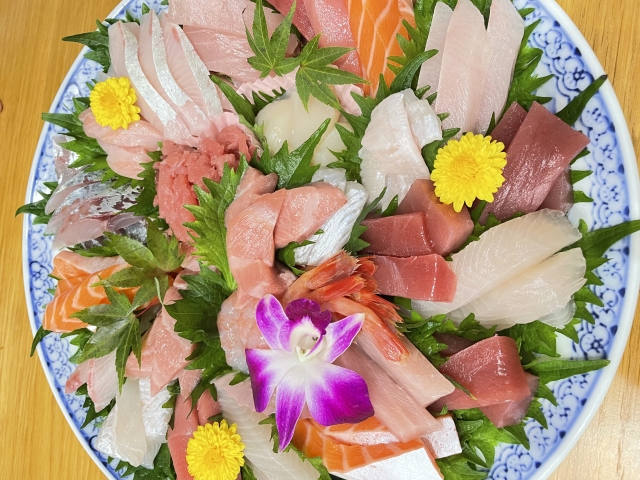
Tuna, salmon, sea bream, and many other types of fish can be enjoyed as sashimi.
Especially at the Tsukiji Market and its successor, the Toyosu Market, you can experience incredibly fresh sashimi.
Beef (Gyu-sashi)
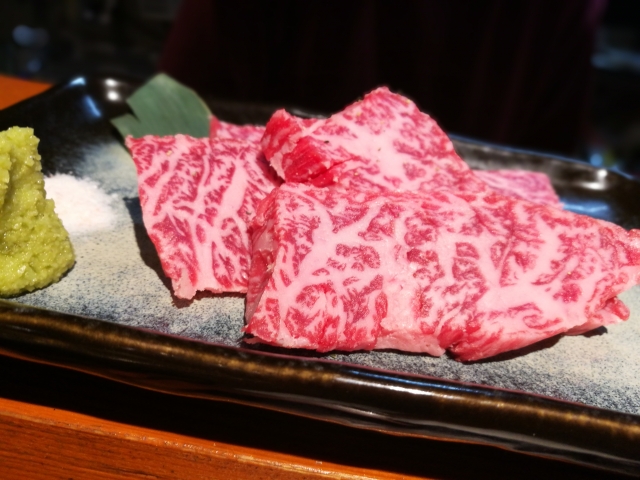
High-quality wagyu beef sashimi is known for its melt-in-your-mouth texture and rich flavor.
Horse Meat (Basashi)
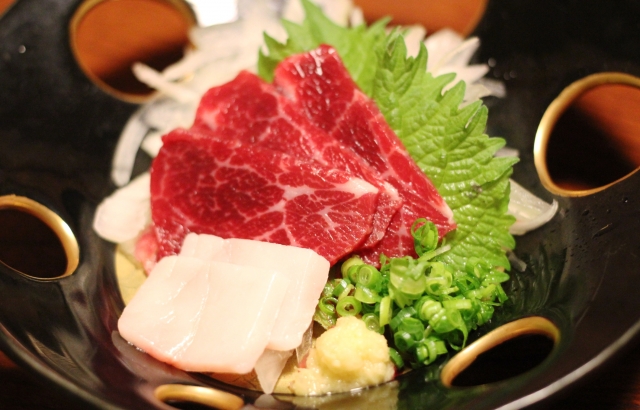
Kumamoto Prefecture is particularly famous for basashi, which is known for its sweet and delicate taste.
Eggs (Raw Egg)
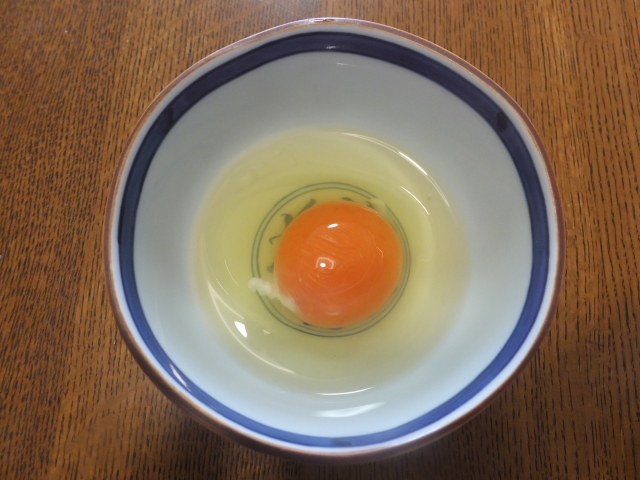
In Japan, it's common to eat raw eggs over rice, a dish known as "tamago kake gohan" (TKG), which is very popular.
Types of Dishes Featuring Raw and Rare Ingredients
Now, let’s explore some Japanese dishes that showcase raw and rare ingredients.
Sushi
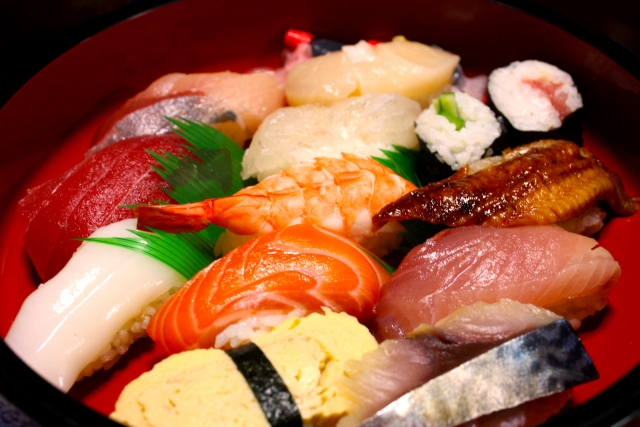
Sushi, which consists of fresh seafood placed atop vinegared rice, is one of Japan’s most iconic dishes.
Edo-style sushi, in particular, is renowned worldwide for its technique and flavor.
Sashimi
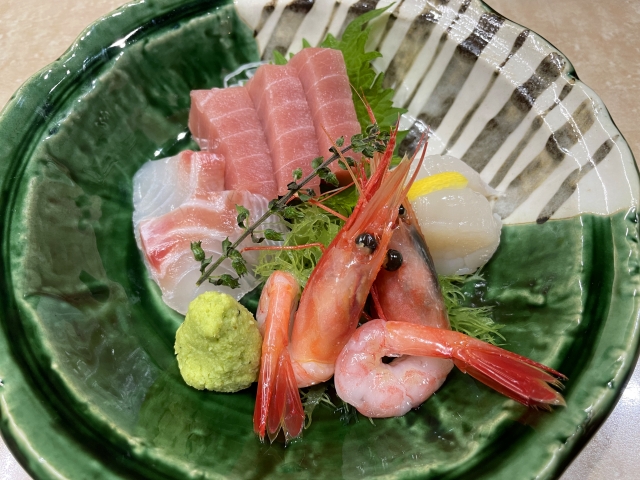
Sashimi is a simple yet exquisite dish where slices of fresh seafood are served raw.
The quality and freshness of the fish make it an exceptional culinary experience.
Rare Steak
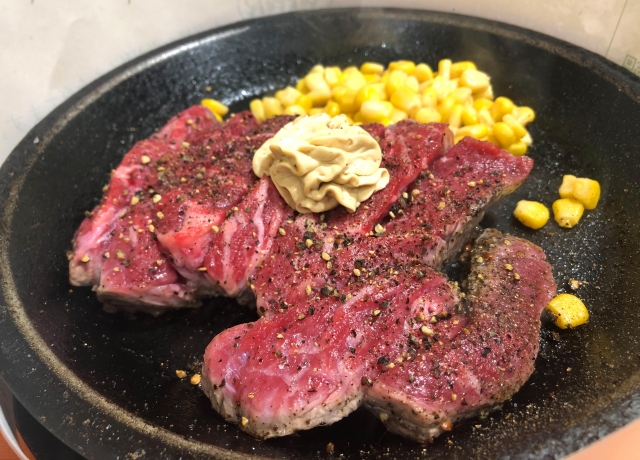
Rare steak made from high-quality wagyu beef is a treat, offering a delightful contrast between the seared exterior and the juicy, rare interior.
Yukhoe (Yukke)
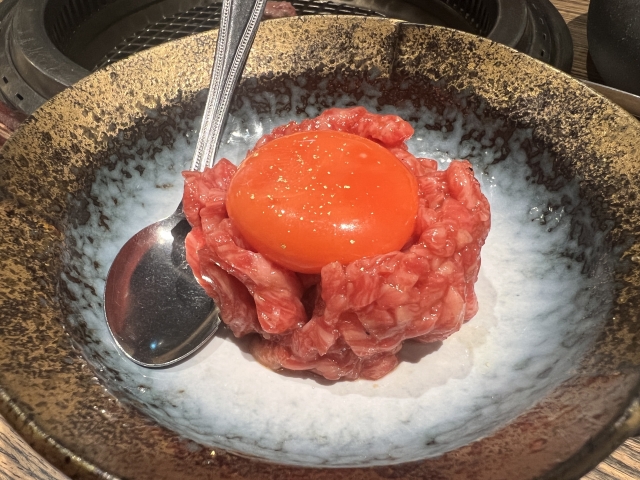
This dish, influenced by Korean cuisine, features finely chopped raw beef mixed with egg yolk and special seasonings.
It's a popular choice in Japan as well.
Tamago Kake Gohan (TKG)
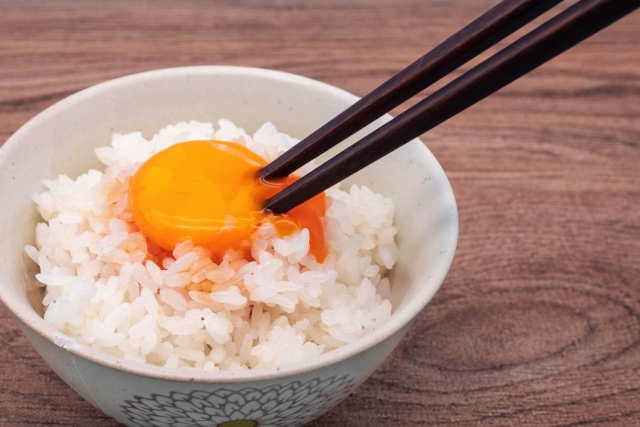
This simple dish involves cracking a fresh raw egg over warm rice and mixing it with soy sauce.
Despite its simplicity, the taste is incredibly satisfying.
Why Japan Has a Culture of Enjoying Raw and Rare Foods
Abundance of Fresh Seafood
Japan is an island nation surrounded by the sea, and fresh seafood is caught daily across the country.
Because such fresh seafood is readily available, the habit of eating it raw naturally developed.
Dishes like sashimi and sushi, which allow you to enjoy the high-quality freshness of seafood as it is, have become iconic representations of Japanese food culture.Long-Established Culinary Techniques and Management Systems
In Japanese culinary culture, advanced techniques for handling, cutting, and preserving the freshness of ingredients have developed over a long history.
For example, to safely serve sushi or sashimi, chefs must carefully assess the quality of the ingredients,
demonstrate precise knife skills, and ensure proper cold-chain management.
These meticulous techniques and hygiene practices make it possible to safely enjoy raw and rare foods.- Food Culture That Values the Natural Taste of Ingredients
Japanese cuisine is founded on a culture that prioritizes the natural taste of ingredients.
Efforts are made to preserve the flavor of the ingredients as much as possible, rather than masking it through heavy cooking.
Eating food raw or rare allows people to fully experience the delicate flavors and textures of fish and meat,
a concept that has long been valued and enjoyed by the Japanese.
Conclusion
Japan's ""raw"" and ""rare"" food culture is a testament to the country's fresh ingredients and the skillful techniques used to enhance them.
When you visit Japan, be sure to experience these culinary traditions.
You'll be amazed by the unique flavors and freshness.
We hope that exploring Japanese cuisine will deepen your appreciation for the richness and depth of Japanese food culture.
May your culinary adventures in Japan make your trip even more enjoyable.
Enjoy your gastronomic journey in Japan!



